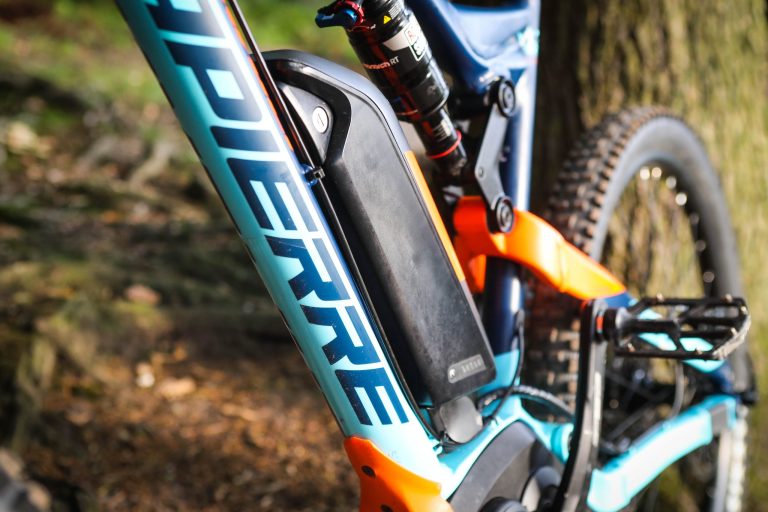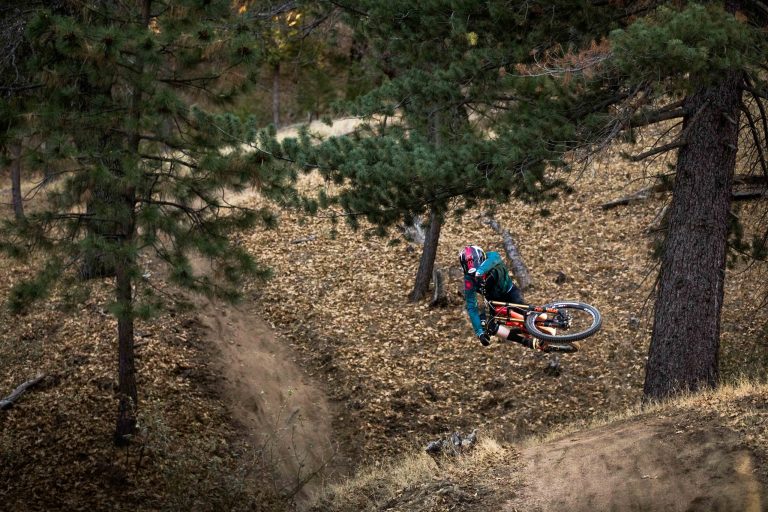We’ve discussed Strava and its use (and problems) here in Dirt before, but this time around ThisISheffield’s Nick Hamilton looks at current issues, both good and bad.
DIRT ISSUE 132 – FEBRUARY 2013
Words by Nick Hamilton. Photos by Duncan Philpott
In case you’ve never heard on it, Strava is a GPS based virtual racing system. Users upload their rides to Stava’s servers where they are compared to other rider–created segments and the fastest are awarded King of the Mountain, KOM. It’s been around since 2009 and a steady stream of uptake means there are nearly a million users worldwide seeing an explosion with smartphone apps. Anything can be raced on Strava…bikes, runs, kites, skis. If you can record your movement with a GPS your times can be compared. Indeed the CEOs original inspiration was rowing where they train for a whole year, just for one race a few minutes long. Sound familiar? They created Strava for the top third of athletes, those that are passionate enough to actually bother to capture their training. Sträva, Swedish for strive, allows you to race your mates on the same bit of trail time and time again. You’re also racing everyone else who’s signed up and with 86 million kilometres racked up worldwide by 2011, there’s a lot to compare to. Although the main focus of Strava seems to be our lycra clad roadie brethren, mountain bikers are a fast growing segment of the user group and Strava commented they have yet to specifically target us. Our needs are somewhat different and our tyres travel over different terrain, which has caused some riders much consternation. A very unscientific survey on the Dirt website had about 900 responses with the two thirds polling that they did use Strava on a mountain bike and 85% saying it improved their time on the bike. It was the responses left in the comments section though that captured the depth of feeling even with a troll filter engaged. The main complaints can be distilled down to a lack of accuracy, the revealing of trail locations, increased and bad trail wear, inappropriate racing on multiuse trails, and taking the fun out of riding. Accuracy was explained to me by Ben Lowe, a software developer using the freely available Strava API to create his own 3rd Party tool, VeloViewer.com. When a rider creates a segment, Strava uses two of their GPS data points to define the start and end. When another rider then compares their ride their two nearest data points are used. Depending on the device each ride was recorded on and the speed at each instant, there could be a huge disparity between these point locations and Strava’s algorithm currently does no interpolation. This means the distances physically travelled could be very different to those recorded virtually leading to different times and also segments not being recognized. Differences of a few seconds on short segments need to be taken with a large pinch of salt making it of limited accuracy downhill where speeds are higher. The revealing of trail locations and increased use are serious concerns. Cotic’s Cy Turner has been very vocal about increased trail wear on sensitive Peak District trails and is convinced the sighting of a segment on a particular footpath advertised its location meaning its currently in the worst condition for years. Users can and should flag segments as hazardous or inappropriate, but as Cy points out, there very presence seems to legitimise their use for some. OS maps are no longer needed to find good trails, just Strava, which doesn’t mark bridleways or care about access issues. Trial erosion in the Surrey Hills was often cited as an issue but trail builder ‘Tattoo’ Dave Hancock (Dirt 130) is pretty philosophical about it. He’s built over 16 miles of trail, yes more corners are getting cut and not just through bad riding, and some of his new trails are getting found more quickly. But Dave himself is actually a fan and accepts that it’s bound to happen, that Strava isn’t going anywhere and it’s down to irresponsible users. He also said riders seem to be taking to the trails on mini bikes just to KOM, a method DrunkCyclist in the states has been openly battling Strava with since a forum run in with the CEO. Riders have also found themselves and Strava in court. In one case a rider using Strava killed a pedestrian crossing the street and was charged with vehicular homicide. In another case the family of a cyclist who died in a crash chasing a better segment time are trying to sue Strava essentially for encouraging racing. The terms and conditions users agree to when signing up to use Strava state that you take responsibility for your actions. Riding too fast and out of control on any trail is reckless, but is that the responsibility of the rider or a website? Dan Nisbet has developed another Strava tool, StravaTrailRacing.co.uk, which really does encourage racing as its sets a monthly off–road segment challenge and awards points to the fastest riders. He was also kind enough to let me, as ThisISheffield, use the same technology on our local trails. Choosing the month’s segment is a tricky task and again requires responsible actions. Once your GPS data is uploaded to Strava, unless you’re careful about privacy settings, your movements are publically viewable. Could this leave those riding footpaths liable to civil trespass or those exceeding the speed limit on roads awaiting an SP30? Food for thought. This public data has also been used by bike thieves to figure out targets as the number and type of bikes, address and regular riding times can all be established. Thankfully this is easily remedied with Strava’s privacy options. Strava does become an obsession for some. Recording every ride, planning rides around segments, being ‘segment aware’ which may be at the detriment of the fun of riding. However others cite Strava as giving them a new motivation to ride, train and compete: Type 2 fun. There are many other similar web services available and, as with all riding, it’s down to personal choice, what each rider wants to get out of their bike. As always, whatever you do, just get out and ride.





